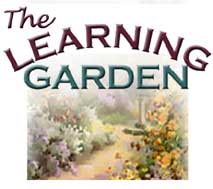
From Seed to Seed:
Plant Science for K-8 Educators
 |
From Seed to Seed: |
|
|
A plant can produce lots and lots of seeds, but those seeds must end
up in a suitable spot if they are to grow and succeed. Plants have evolved
some remarkable methods for dispersing seed, using wind, water, animals,
and fire as allies. For many annual plants, this is a reasonable and successful way to propagate
the species. Since the annual plant dies at the end of the first season,
there's suitable space on the ground for the fallen seeds to germinate.
Other plants have evolved more intricate methods for seed dispersal. |
||||
|
Made possible by a grant from Oracle Corp. Copyright 2001, National Gardening
Association, Inc. For questions regarding this web site, contact Webmaster |